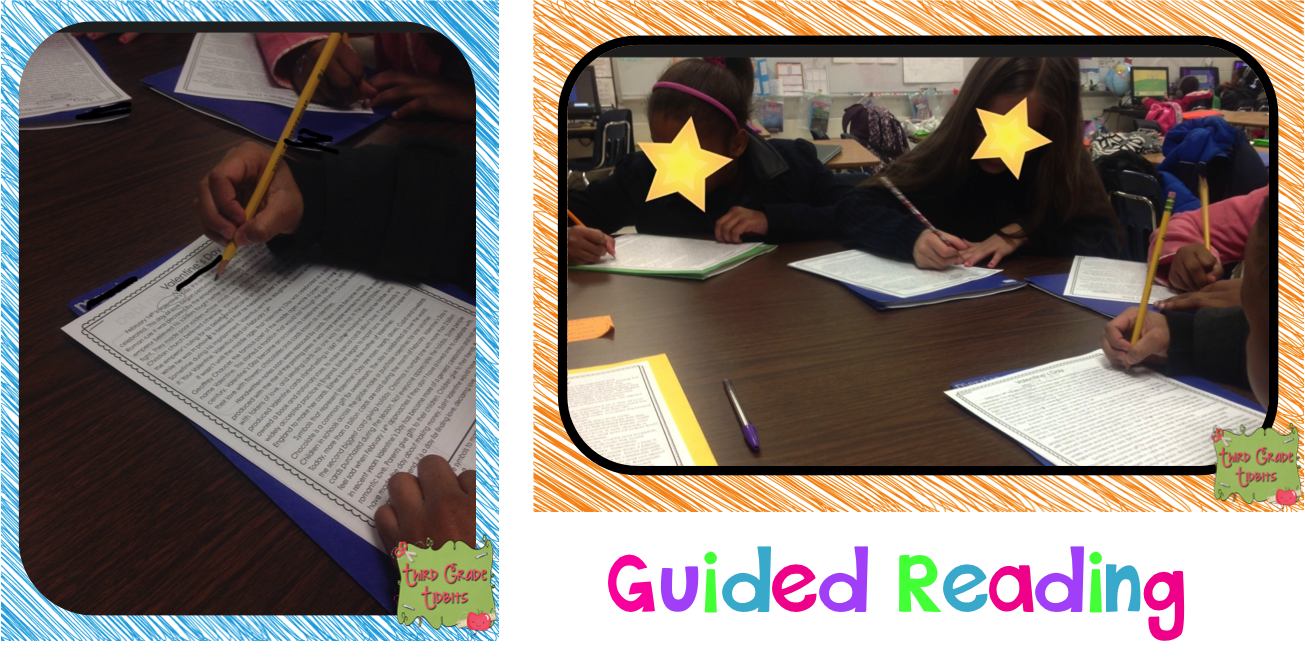The words science and fun are rarely in the same sentence for me. Honestly, I have always been awful at science. And my kids sometimes know more than me because they watch Animal Planet, Nat Geo Wild, and read all kinds of science. Believe me I am grateful they are into it all.. but whew sometimes they ask questions that I stutter to answer. But we all learn, and in the end, that is what matters.
This week, we are learning about clouds.
More specifically cirrus, stratus, cumulus, and cumulonimbus clouds. And in order to get more done in a short amount of time, I turned all of my activities into "centers". I have a lot of activities I like to do with my kids when we learn about clouds, and having the students complete one activity a day with a small group is a much better use of time. So this is how it is working...
I have 4 activities that I use. The first one is
All of my students are in a colored reading group. I put the leveled passages in a folder that matches their reading group color. When they get to this center, they take their passage and questions out of their colored folder and work. The groups for science are heterogeneous groups, so sometimes the students have someone in their same reading group and sometimes they don't. The passages all have the same information, just written at different levels.
Each passage also has comprehension questions with it. There are short answer, fill in the blank, and multiple choice. The way I have it set up, students have the questions that I made to go with their passage. But it is possible to use any format of questions with any of the passages.
My students even managed to work together even when their passages were different. They read their individual passages on their own then came together to help each other answer the questions.
The second activity I have is a note taking center.
The students are given facts about the different cloud types and sort them out based on the type of cloud the fact is describing. Once students finish, they create a foldup. On the inside they write the facts about each cloud type and on the front they use cotton balls to create each type of cloud. (I didn't get a picture of the cotton ball clouds because I forgot-sorry!)
This one definitely took the longest. It was definitely my fault because I didn't clarify that when they were filling in their foldup they didn't have to use the complete sentences. Once I went over to them and told them to ONLY use the key words, things moved a lot faster.
The third activity is
This activity was a big hit. Bigger than I expected it to be! Students are given puzzle pieces- words, definitions, and pictures. They have to find each piece to the vocab puzzles. Once they put them together, students fill in the matching sheet with their answers.
And the final activity was a fan favorite for sure...
I originally planned to do a cloud in a jar for this activity. But all the ideas I found involved hairspray and matches... and well, I am one of those people where if it weren't for bad luck I probably wouldn't have much luck at all sometimes. So I wasn't about to brave it. (Of course after I decided this I found one that involved hot water and some ice.. but it's ok because this was a big hit too.)


Students first predict how many drops of water their cotton ball will hold. Then they start dropping water and realize very quickly that their predictions were way off. Most of them guessed close to 10 drops. And they had so much fun with this one. Who knew dropping water onto a cotton ball would be so much fun. I think it was that they were just very fascinated with just HOW MANY drops the cotton ball would hold. Four of the five students had about 110 drops and one student had 179 drops. We discussed how this represented clouds, what causes precipitation, and why the students had different numbers.
All in all, I would say we had a lot of fun in science today and will continue to have fun all week since they do one "center" a day. (My time is very limited otherwise we would do a couple a day.) We will review with task cards after they finish each activity and then take a quick quiz. Fast, fun, and effective.
If you want to look closer at this unit, you can click
here.



.png)



































